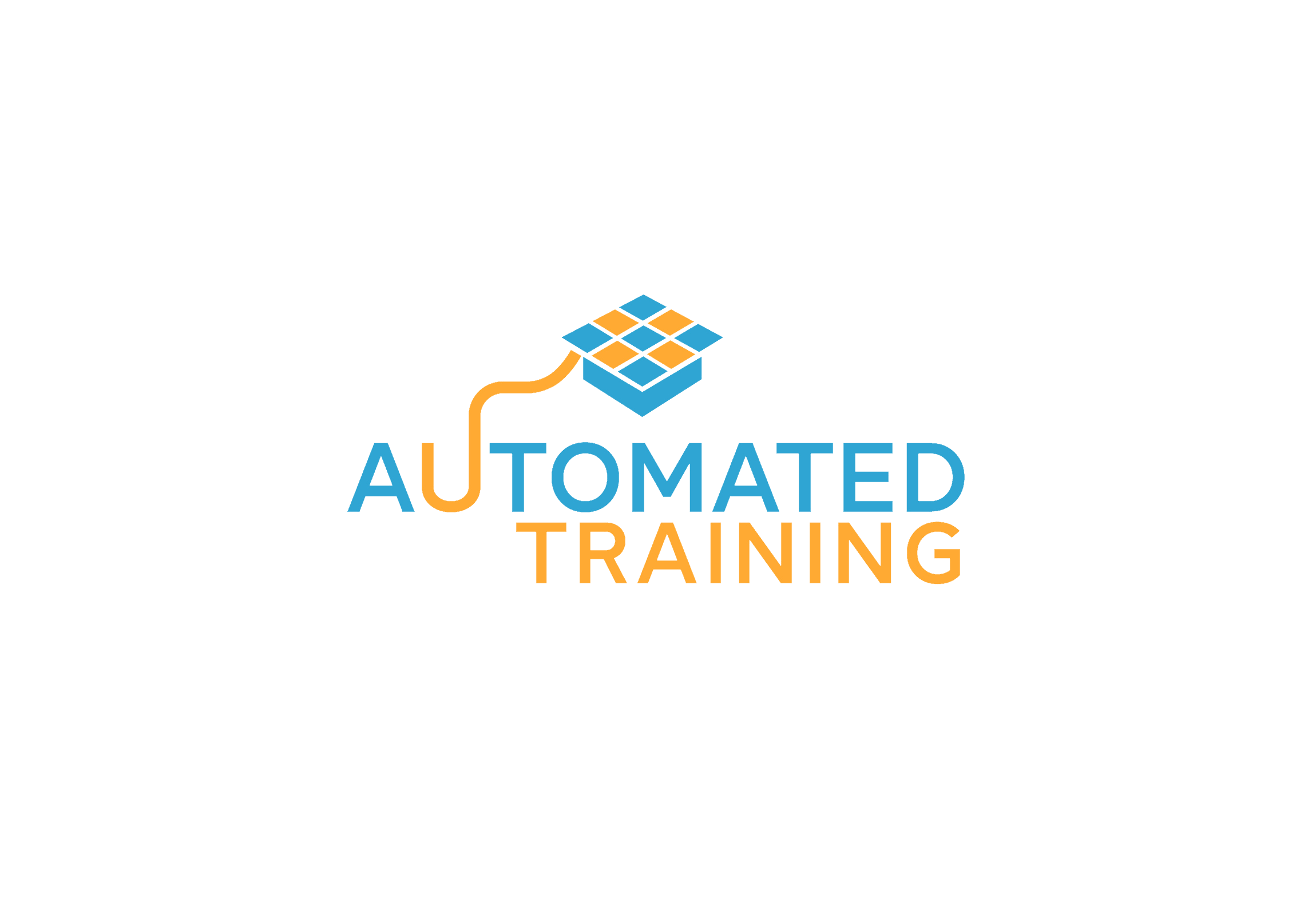Introduction: The Digital Training Imperative for Small Businesses
Small and medium-sized enterprises (SMEs) face a critical challenge in 2025: how to develop workforce capabilities without the deep pockets of enterprise competitors. The answer lies in understanding the benefits of digital learning for small businesses—a transformation that’s no longer optional but essential for survival and growth.
According to the world economic forum: 67% of SMEs and mid-sized businesses are fighting for survival, yet SMEs contribute up to 70% to employment and GDP globally. The gap between survival and thriving often comes down to one factor: how effectively businesses develop their people. Traditional training methods—expensive, time-consuming, and difficult to scale—put SMEs at a disadvantage. Digital training levels the playing field.
This comprehensive guide explores the benefits of digital learning for small businesses, demonstrating how SMEs can digitize training programs to achieve remarkable cost savings, operational efficiency, and competitive advantages that were once available only to large corporations.
Cost Savings with eLearning: The Financial Case for Digital Training
Dramatic Reduction in Training Expenses
The most immediate and measurable benefits of digital learning for small businesses appear in the bottom line. Companies save 50-70% on training costs by switching to eLearning, a savings that can mean survival versus closure for resource-constrained SMEs.
Consider the traditional training cost structure for a small business with 25 employees:
Traditional Training Costs (Annual):
- Instructor fees: €5,000-€15,000
- Venue rentals: €2,000-€5,000
- Travel and accommodation: €3,000-€8,000
- Printed materials: €500-€1,250
- Lost productivity (hours away from work): €10,000-€20,000
- Total: €20,500-€49,250
Digital Training Costs (Annual):
- Platform/LMS subscription: €2,000-€5,000
- Content development (one-time): €3,000-€10,000
- Minimal ongoing content updates: €500-€2,000
- Total: €5,500-€17,000
First-year savings: €15,000-€32,000 (60-65% reduction) Second-year+ savings: €18,000-€44,000 (75-89% reduction)
Dow Chemicals saved a reported $34 million because it was able to reduce training course costs from $95 per learner to just $11 per learner by switching to eLearning (Source: Delvin Peck). While SMEs won’t see millions in savings, the percentage reduction is equally dramatic—and proportionally more impactful for tight budgets.
Understanding ROI: Every Dollar Invested Returns More
The cost savings with eLearning extend beyond direct expense reduction. IBM was able to increase the productivity of their employees through online learning, resulting in an ROI of 30%. That means every dollar invested in training resulted in a revenue of $30. (Source: Delvin Peck)
While SME results vary, the principle holds: digital training doesn’t just cost less—it delivers measurably better outcomes that drive revenue growth, productivity gains, and competitive advantages worth far more than the initial investment.
Eliminating Hidden Costs
Traditional training carries hidden costs that digital solutions eliminate:
Travel Time Lost: A small team traveling to headquarters for training loses 2-3 days including travel—that’s 16-24 hours of billable work per person, multiplied across your team.
Scheduling Conflicts: Coordinating schedules for in-person training often delays critical skill development by weeks or months. Digital training deploys immediately.
Inconsistent Quality: Different trainers deliver different quality. One bad session wastes everyone’s time and money. Digital training ensures consistent, high-quality delivery every time.
Repeated Costs: Every new hire or refresher session repeats all costs. Digital training scales infinitely without additional expense.
Efficiency of Online Employee Training: Time and Productivity Gains
Dramatic Time Savings
Online learning requires 40% to 60% less time than traditional learning, meaning employees complete training faster and return to productive work sooner. For SMEs where every employee’s time directly impacts revenue, this efficiency represents substantial value.
Traditional training: 8-hour full-day session Digital equivalent: 3-5 hours of focused learning
This isn’t because digital training covers less material—it’s because digital delivery is inherently more efficient:
Elimination of non-learning time:
- No commute or travel
- Instant access without time wasted waiting for sessions to start
- Focused learning without irrelevant tangents or off-topic discussions
- No one-size-fits-all pacing that’s too slow or too fast
Focused, efficient delivery:
- Skip what you already know
- Replay difficult concepts
- Learn at optimal personal pace
- Access exactly when needed
Learning in the Flow of Work
The efficiency of online employee training shines brightest when learning happens in context, exactly when employees need it. A sales rep preparing for a client meeting can review product training in 10 minutes. A customer service agent handling a complex issue can access troubleshooting guides instantly.
This “just-in-time” learning means:
- Knowledge applied immediately (better retention)
- No time away from work for scheduled sessions
- Learning directly supports current tasks
- Higher relevance and engagement
Productivity Multiplication Through Better Retention
eLearning boosts the retention rates of employees by 25% to 60%. Comparatively, the retention rate recorded in the traditional learning mode is just 8% to 10%.
This dramatic difference in retention means employees actually remember and apply what they learn, rather than forgetting 90% within weeks. For SMEs investing precious resources in training, having employees actually retain knowledge isn’t just beneficial—it’s essential for ROI.
Digital Training Advantages for Companies: Strategic Benefits
Scalability Without Added Costs
One of the most transformative digital training advantages for companies is infinite scalability. Whether you’re training 5 employees or 500, your digital training investment remains the same.
Traditional training scaling challenges:
- Each new cohort requires another instructor session
- Growth means proportionally higher training costs
- Geographic expansion multiplies complexity and expense
- Capacity constraints limit how many can train simultaneously
Digital training scalability advantages:
- Unlimited employees access the same content
- No additional cost per learner
- Instant deployment to new locations
- Train entire company simultaneously if needed
For growing SMEs, this scalability is transformative. You can onboard 20 new employees with the same training budget that previously handled 5. You can expand to new markets without worrying about training infrastructure.
Agility and Rapid Updates
The digital transition of SMEs speeds up productivity growth and bridges inequalities among people, firms, and locations, as well as reducing human resources, saving time, and improving the overall quality of outputs.
Markets change rapidly. Products evolve. Regulations update. Competitors innovate. SMEs must respond quickly or get left behind.
Traditional training update cycle:
- Identify need for updated training: 1-2 weeks
- Schedule training session: 2-6 weeks
- Coordinate schedules: 1-2 weeks
- Deliver training: 1 day-1 week
- Total time: 5-11 weeks minimum
Digital training update cycle:
- Update digital content: 1-3 days
- Deploy to all employees: Instant
- Confirm completion: 1 week
- Total time: 1-2 weeks maximum
This agility represents a massive competitive advantage for SMEs competing against larger, slower-moving organizations.
Standardization Across Locations and Teams
For SMEs with multiple locations, remote workers, or decentralized teams, ensuring consistent training quality is nearly impossible with traditional methods. The digital training advantages for companies include guaranteed consistency.
Every employee receives identical, high-quality training regardless of:
- Geographic location
- Time zone
- Supervisor or manager
- Scheduling constraints
- Resource availability
This standardization ensures:
- Consistent customer experience across all touchpoints
- Equal skill development opportunities for all employees
- Reliable compliance with regulations and policies
- Unified company culture and values
Improve Onboarding with Digital Training: Getting New Hires Productive Faster
Reducing Time-to-Productivity
One of the most impactful areas to improve onboarding with digital training is dramatically reducing how long it takes new employees to become fully productive. Organizations with a standardized onboarding process have 50 percent greater new hire retention and a 62 percent greater productivity rate.
Traditional onboarding challenges for SMEs:
- Limited time from busy managers
- Inconsistent training depending on who’s available
- New hires waiting for scheduled training sessions
- Knowledge gaps discovered weeks into employment
- High early turnover from poor onboarding experience
Digital onboarding advantages:
- Comprehensive, structured program available day one
- Consistent experience for every new hire
- Self-paced learning respects individual speed
- No waiting for availability of trainers or colleagues
- Easy to identify and address knowledge gaps quickly
Standardized, Comprehensive Onboarding
Small businesses often struggle with onboarding consistency. When the owner, a busy manager, or various colleagues handle training ad-hoc, quality varies dramatically. Some new hires get thorough preparation; others receive minimal guidance.
Digital onboarding programs ensure every new employee receives:
- Complete company information and culture introduction
- Thorough role-specific training
- Clear expectations and performance standards
- Access to all necessary resources and tools
- Consistent messaging and quality
On-Demand Reference Materials
The benefits of digital learning for small businesses during onboarding extend beyond initial training. Digital platforms serve as ongoing reference resources:
- New hires can revisit training modules when uncertain
- Easy access to policies, procedures, and best practices
- Quick refreshers on tools or processes
- Continuous learning beyond formal onboarding period
This on-demand access means new employees feel supported even after formal onboarding concludes, reducing the burden on managers and colleagues to repeatedly answer questions.
Measuring Onboarding Effectiveness
Digital training platforms provide analytics that reveal:
- Which modules new hires complete quickly vs. slowly
- Where knowledge gaps exist across new employees
- How well new hires perform on assessments
- Correlation between training completion and performance
This data enables SMEs to continuously improve onboarding, ensuring each cohort of new hires gets progressively better preparation.
Conclusion:
The benefits of digital learning for small businesses are clear, compelling, and critical for competitive survival. 67% of SMEs and mid-sized businesses are fighting for survival, and those that invest in digital training capabilities position themselves among the winners.
Digital training isn’t just about cost savings—though the 50-70% reduction in training expenses certainly matters. It’s not just about efficiency—though 40-60% time savings dramatically impact small teams. It’s not even just about better learning outcomes—though 25-60% improved retention fundamentally changes training ROI.
Digital training represents a strategic transformation in how SMEs develop their most valuable asset: their people. It enables small businesses to compete with large enterprises on talent development, respond quickly to market changes, scale without proportional cost increases, and build learning cultures that attract and retain top talent.
The Future Belongs to Learning-Agile SMEs
The time to act is now. Start small if necessary, but start. Choose one critical training program, digitalize it, measure the results, and build momentum. The benefits of digital learning for small businesses you’ll realize—financial, operational, and strategic—will justify the investment many times over.
Your future as a thriving, competitive SME depends on building a workforce that can learn, adapt, and excel. Digital training makes that possible at a scale and cost that finally works for small businesses.
Ready to unlock the benefits of digital learning for your small business? The roadmap is clear, the technology is accessible, and the returns are proven. The only question that remains is: How soon will you start?


